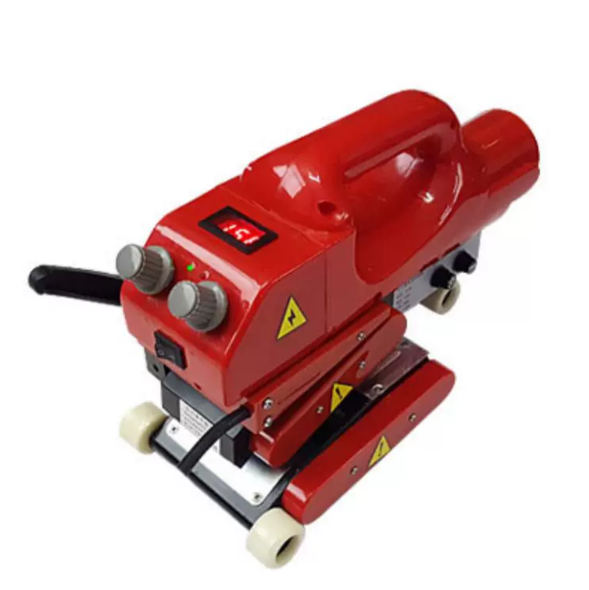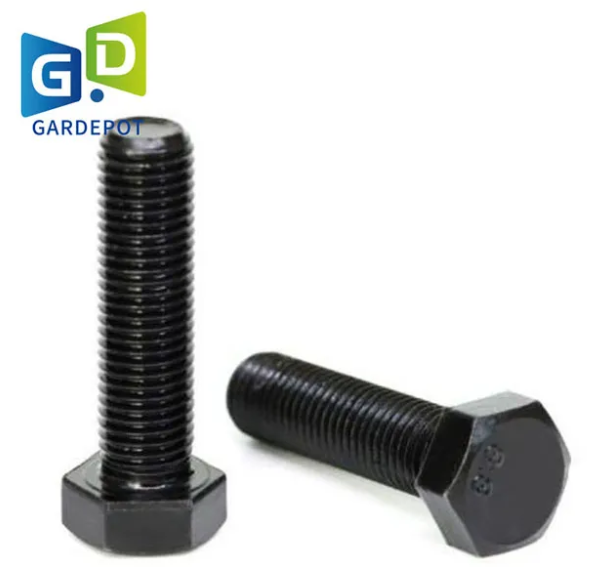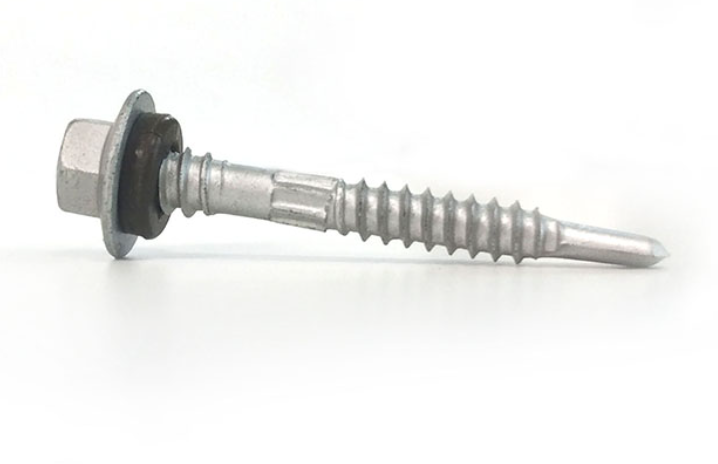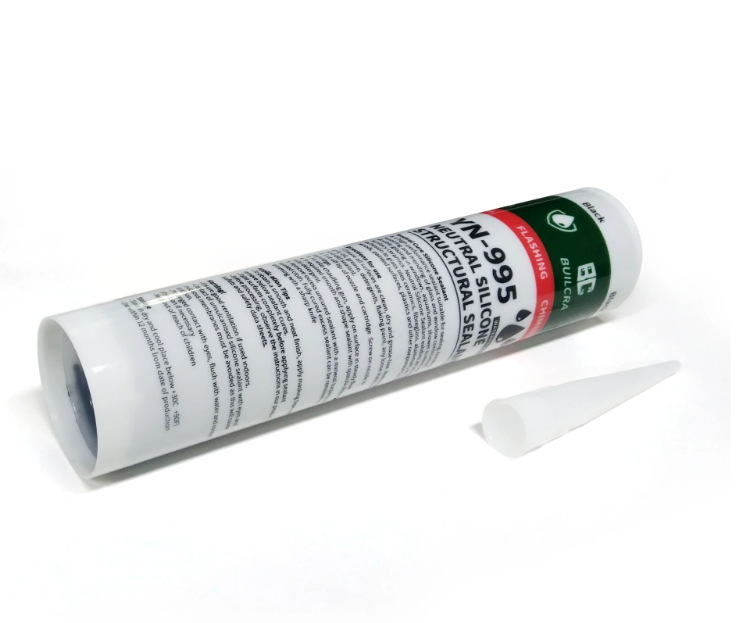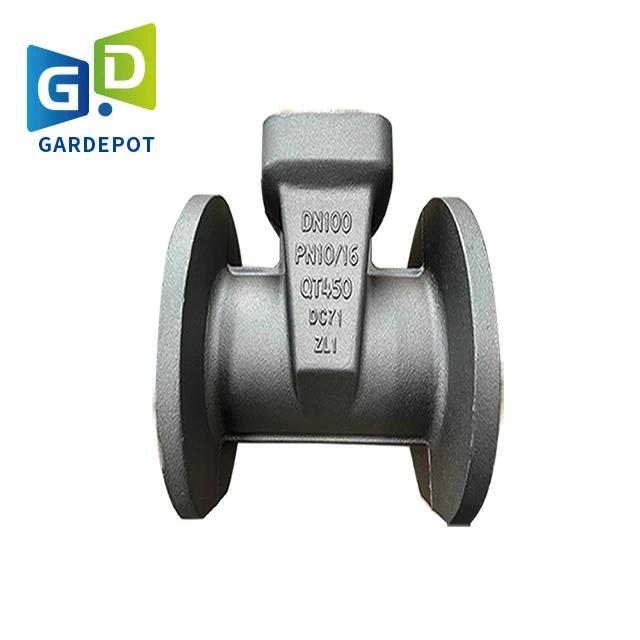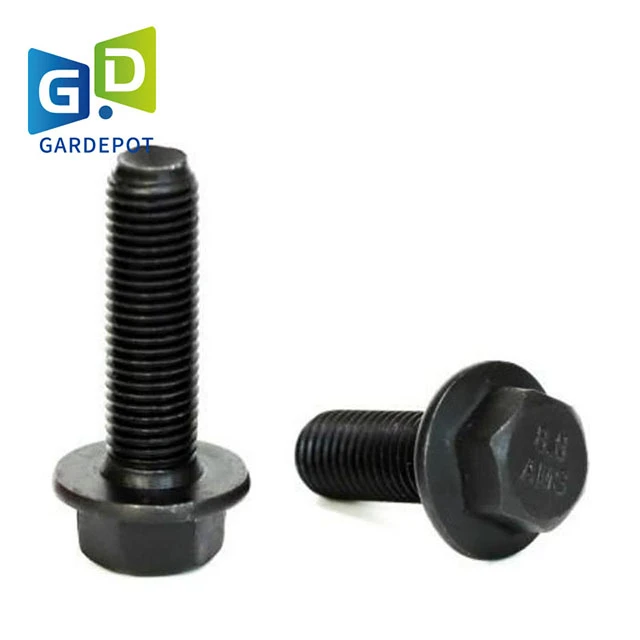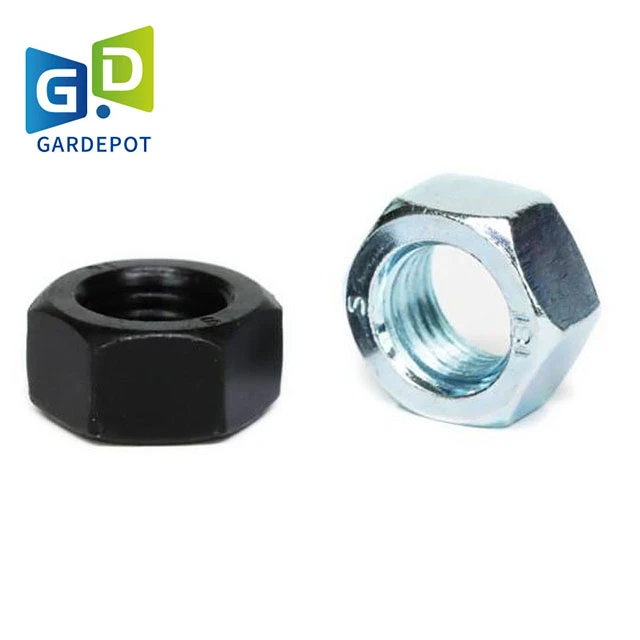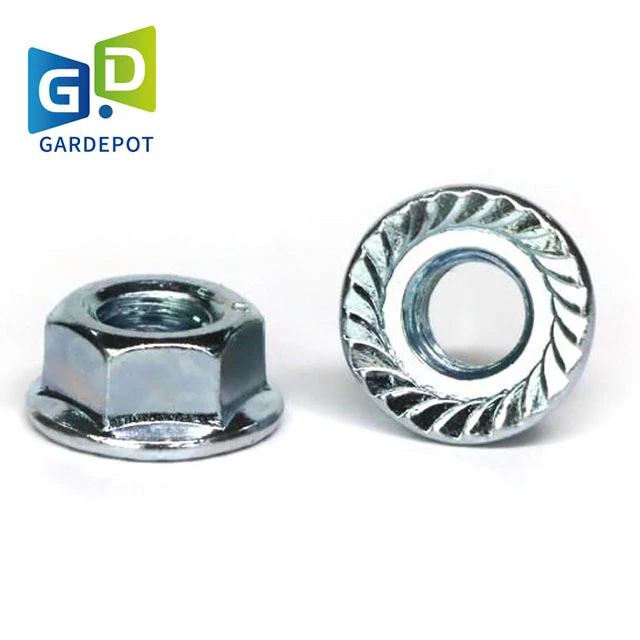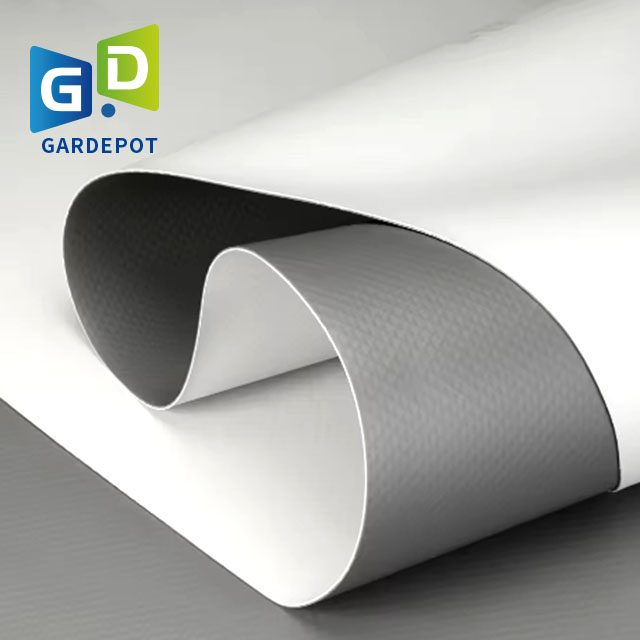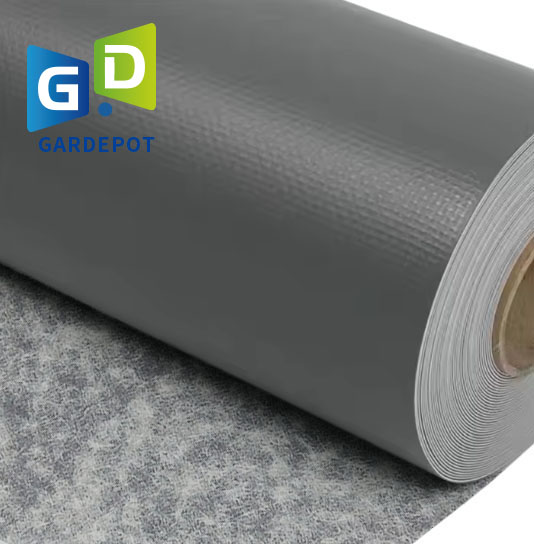Durable 60 Mil EPDM Rubber Roofing Roll for Flat Roofs
Get a durable 60 mil EPDM rubber roofing roll for superior flat and low-slope roof protection. Our premium membrane offers excellent weather resistance and longevity. Pair with our rubber roof membrane glue for easy installation. Buy now for reliable, long-lasting roofing!
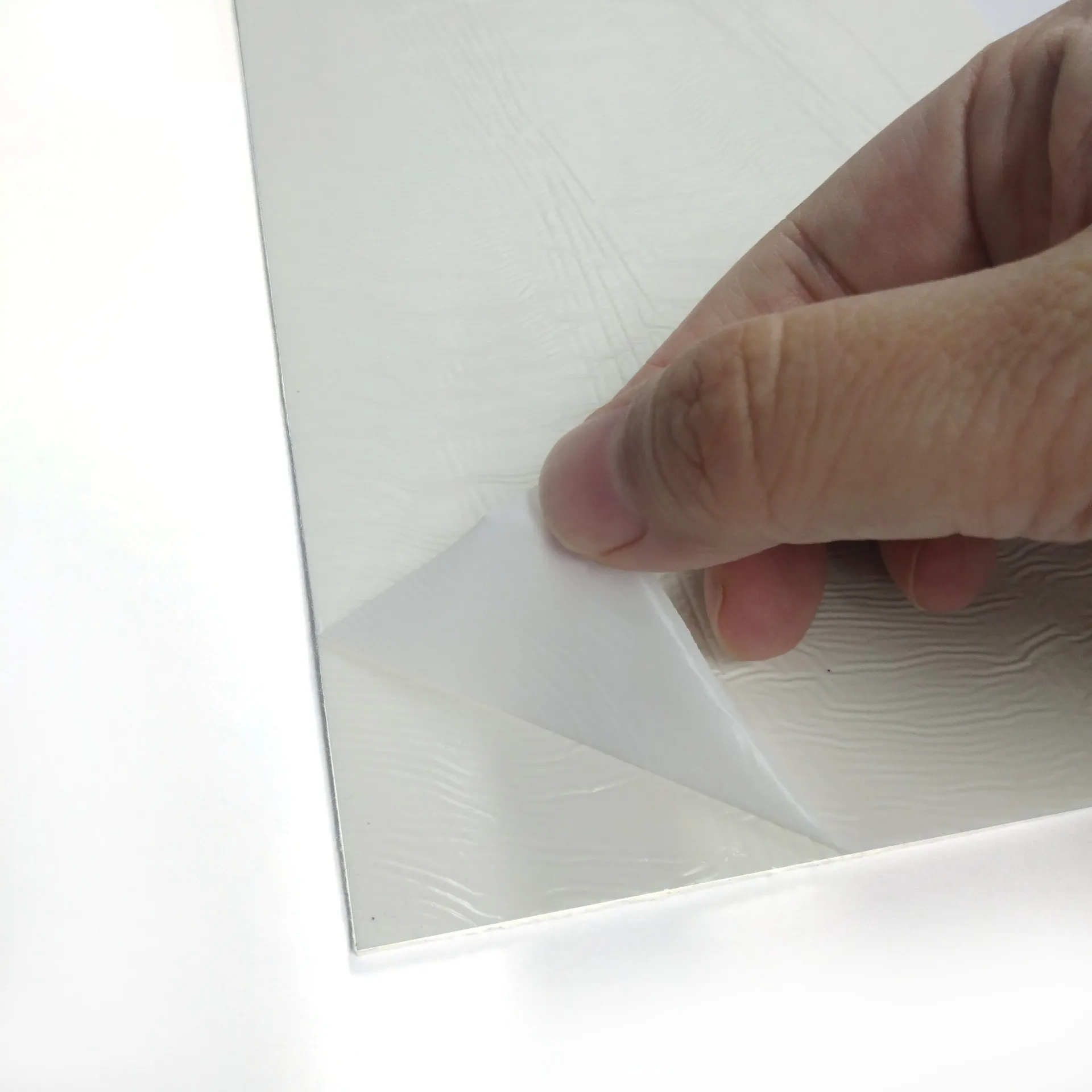
Understanding the Robustness of 60 Mil EPDM Rubber Roofing Solutions
In the dynamic landscape of commercial and industrial roofing, the demand for durable, flexible, and sustainable waterproofing solutions continues to grow. Among the leading choices, EPDM (Ethylene Propylene Diene Monomer) rubber roofing stands out for its exceptional longevity and performance characteristics. Specifically, the epdm rubber roofing roll 60 mil thickness represents a benchmark for reliability, offering a robust barrier against the elements. This synthetic rubber membrane is renowned for its resistance to UV radiation, ozone, extreme temperatures, and general weathering, making it an ideal choice for low-slope roofs across diverse sectors. The 60 mil EPDM thickness is particularly favored for its balance of cost-effectiveness and superior puncture resistance, contributing significantly to reduced lifecycle costs for building owners. As industries ranging from petrochemical and metallurgy to water treatment and commercial logistics seek advanced protective systems, EPDM's inherent qualities, such as its impressive tensile strength and elongation, ensure sustained performance over decades. This section delves into the fundamental aspects that position 60 mil EPDM as a premier waterproofing solution, exploring its material composition, manufacturing precision, and the critical role it plays in modern infrastructure protection.
The widespread adoption of EPDM roofing is a testament to its proven track record in various challenging environments. Its single-ply nature simplifies installation, reducing labor costs and project timelines, while its inherent flexibility allows it to accommodate building movement and thermal expansion without cracking or compromising integrity. Furthermore, EPDM systems contribute positively to environmental sustainability, often containing recycled content and boasting a long service life that minimizes waste. The ability of EPDM to withstand ponding water, hail, and the thermal shock associated with rapid temperature fluctuations makes it a resilient choice for diverse geographical locations and climatic conditions. While focusing on the specifics of the 60 mil variant, it's essential to recognize that this particular thickness offers an optimal balance between material usage and the required physical properties for demanding roofing applications, distinguishing it from thinner or excessively thicker alternatives which may not offer the same cost-benefit ratio. This article will further elaborate on how these properties are achieved and maintained through stringent manufacturing processes and quality control measures.
Manufacturing Process and Technical Specifications of EPDM Membranes
The production of a high-quality epdm rubber roofing roll 60 mil involves a precise and controlled manufacturing process that ensures uniformity, durability, and consistent performance. This process typically begins with the careful blending of ethylene, propylene, and a diene monomer, along with various additives such as carbon black, curing agents, and processing aids. The diene monomer, often dicyclopentadiene (DCPD), ethylidene norbornene (ENB), or vinyl norbornene (VNB), is crucial for enabling vulcanization (curing), which transforms the material into a stable, elastic rubber. The mixed raw materials are then fed into large mixers, where they are homogenized to create a consistent compound. Following this, the compound undergoes a calendering process, where it is pressed through a series of heated rollers to form sheets of the desired 60 mil epdm thickness. This mechanical processing ensures uniform thickness and density across the entire membrane.
After calendering, the EPDM sheets are vulcanized under specific temperature and pressure conditions. This curing process forms cross-links between the polymer chains, giving the EPDM its characteristic strength, elasticity, and resistance to environmental degradation. Rigorous quality control measures are implemented throughout the manufacturing flow, adhering to international standards such as ISO 9001 for quality management and ISO 14001 for environmental management. Key performance indicators, including tensile strength (ASTM D412), elongation at break, tear resistance (ASTM D624), ozone resistance (ASTM D1149), and weathering resistance (ASTM G155), are continuously monitored through laboratory testing. The typical service life of a properly installed 60 mil EPDM membrane can exceed 30 to 50 years, significantly reducing the need for frequent roof replacements and contributing to long-term sustainability. This longevity and resilience make EPDM an exemplary material for demanding applications, including critical infrastructure in the petrochemical, metallurgical, and water treatment industries, where its anti-corrosion and excellent sealing properties provide significant advantages.
Key Advantages and Performance Metrics: Why 60 Mil EPDM Excels
The selection of epdm rubber roofing roll 60 mil for commercial and industrial applications is driven by a comprehensive array of technical advantages and robust performance metrics that surpass many alternative roofing systems. One primary advantage is its exceptional resistance to UV radiation and ozone, two of the most significant environmental factors contributing to material degradation. Unlike some other roofing materials that can become brittle and crack over time due to sun exposure, EPDM maintains its flexibility and integrity, ensuring a long-lasting watertight seal. This inherent UV stability translates into a superior long-term investment for property owners, as it significantly extends the service life of the roof system. Furthermore, EPDM exhibits outstanding resistance to extreme temperatures, performing reliably in both scorching summer heat and frigid winter conditions without suffering from thermal shock or fatigue, which is a common failure point for less resilient materials. Its ability to withstand a wide temperature range, typically from -40°C to +120°C, makes it suitable for diverse global climates.
Another critical benefit of the 60 mil epdm thickness is its impressive elongation capabilities, often exceeding 300%. This high elasticity allows the membrane to accommodate structural movement and building settlement without tearing, a crucial feature for large commercial structures that experience thermal expansion and contraction. The seamless or largely seamed-reduced installation of EPDM rolls, combined with high-quality rubber roof membrane glue and other accessories, minimizes potential leak points, enhancing the overall integrity of the roof system. EPDM is also highly resistant to hail and impact damage, a testament to its robust composition. In terms of chemical resistance, EPDM stands up well to many acids, alkalis, and polar solvents, making it suitable for industrial environments where exposure to such substances might occur. The table below provides a concise overview of typical technical parameters for a 60 mil EPDM membrane, highlighting its compliance with industry standards and its superior physical properties compared to general roofing products. These characteristics collectively make 60 mil EPDM a top-tier choice for achieving durable, low-maintenance, and energy-efficient roofing solutions in various demanding applications.
|
Typical Technical Specifications for 60 Mil EPDM Roofing Membrane (Based on ASTM Standards) |
||
|
Property |
Standard (ASTM) |
Typical Value for 60 Mil EPDM |
|
Thickness |
D4637, D4833 |
1.52 mm (0.060 inches) |
|
Tensile Strength |
D412 (Die C) |
≥ 9.0 MPa (1300 psi) |
|
Elongation at Break |
D412 (Die C) |
≥ 300% |
|
Tear Resistance |
D624 (Die B) |
≥ 22 N/mm (125 lbf/in) |
|
Puncture Resistance |
D4833 |
≥ 200 N (45 lbf) |
|
Ozone Resistance |
D1149 |
No cracks after 168 hours @ 100 ppm |
|
Water Vapor Permeance |
E96 (Method B) |
≤ 0.5 Perms (3.0 ng/(Pa·s·m²)) |
Application Scenarios, Industry Trends, and Customization
The versatility of epdm rubber roofing roll 60 mil allows for its extensive application across a broad spectrum of commercial and industrial building types. Its primary use is in low-slope and flat roofing systems, which are prevalent in warehouses, factories, distribution centers, schools, hospitals, and large retail outlets. In the petrochemical industry, EPDM's chemical resistance makes it suitable for roofing structures susceptible to mild chemical exposure. Similarly, in metallurgy and mining operations, where corrosive atmospheres might be present, its durable composition offers long-term protection. Furthermore, its excellent waterproofing properties are critical in water treatment plants and wastewater facilities, protecting underlying structures from moisture ingress. Beyond conventional roofing, EPDM membranes are increasingly specified for green roofs due to their root resistance and ability to withstand the weight of vegetative layers, and for rooftop solar panel installations where long-term durability is paramount. The increasing global focus on energy efficiency and sustainability has spurred interest in lighter-colored EPDM membranes or those with reflective coatings, contributing to lower cooling costs and reducing urban heat island effects, aligning with contemporary building codes and environmental initiatives.
Industry trends indicate a growing preference for single-ply roofing systems due to their ease of installation and reduced weight compared to built-up or modified bitumen systems. The evolution of installation techniques, including fully adhered, mechanically attached, and ballasted systems, offers flexibility in design and application, catering to diverse structural requirements and wind uplift resistance needs. While the standard rubber roofing thickness for epdm rubber roofing thicknesses ranges from 45 mil to 90 mil, the 60 mil variant remains the most balanced and widely adopted choice for its optimal performance-to-cost ratio. Manufacturers are continuously innovating to improve seam strength, adhesion technologies, and the overall longevity of EPDM products. For specific projects requiring unique specifications, customization options are available, including varying roll widths and lengths to minimize seams, specialized formulations for enhanced fire resistance (UL Class A rated systems), or integrated reflective topcoats. Leading manufacturers also offer comprehensive technical support, project consultation, and on-site training for installers, ensuring optimal performance and adherence to warranty conditions. The ability to tailor EPDM solutions to specific project needs ensures maximum efficiency and performance, solidifying its position as a go-to waterproofing solution.
Manufacturer Comparison and Installation Best Practices
When selecting a epdm rubber roofing roll 60 mil, it is crucial for B2B decision-makers to consider not just the product specifications but also the reputation, innovation, and support offered by various manufacturers. While all reputable EPDM manufacturers adhere to ASTM standards for their 60 mil epdm thickness, differentiators often lie in their proprietary compounding, quality control rigor, available warranties, and technical support. Leading global EPDM producers like Firestone Building Products, Carlisle SynTec Systems, and Johns Manville have established long-standing reputations for producing high-quality membranes and comprehensive roofing systems. These companies often invest heavily in R&D to improve product characteristics, such as enhanced seam technology (e.g., Factory-Applied Tape, or FAT, which significantly speeds up installation and improves seam integrity) and more environmentally friendly formulations. A thorough comparison should extend beyond mere cost to encompass product consistency, supply chain reliability, and the availability of certified installers, which directly impacts the long-term performance and warranty validity of the roofing system.
Proper installation is paramount for the longevity and effectiveness of any rubber roofing thickness, especially for a durable material like EPDM. The typical installation involves preparing the roof deck, laying out the EPDM membrane, and securing it using one of three primary methods: fully adhered, mechanically attached, or ballasted. The fully adhered system, utilizing high-quality rubber roof membrane glue applied to the substrate, offers superior wind uplift resistance and a smooth, clean appearance, ideal for high-wind zones or aesthetic considerations. Mechanically attached systems use fasteners to secure the membrane to the deck at specific intervals, offering a cost-effective solution for large areas. Ballasted systems involve loose-laying the membrane and securing it with a layer of ballast material like river rock or pavers, providing excellent wind resistance but adding significant weight to the structure. Each method has specific requirements and advantages depending on the building's structure, local climate, and budget. Adherence to manufacturer-specific installation guidelines and proper training for installation crews are non-negotiable to ensure the roof performs as designed for its intended lifespan, upholding the investment in quality EPDM materials.
|
Comparison of Common Commercial Roofing Membrane Types (60 Mil Thickness) |
|||
|
Feature |
EPDM (60 Mil) |
TPO (60 Mil) |
PVC (60 Mil) |
|
Primary Material |
Synthetic Rubber |
Thermoplastic Polyolefin |
Polyvinyl Chloride |
|
Seam Method |
Adhesive/Tape |
Heat Welded |
Heat Welded |
|
UV & Ozone Resistance |
Excellent |
Very Good |
Good (plasticizer migration over time) |
|
Flexibility |
Excellent (remains flexible in cold) |
Good (can stiffen in cold) |
Good (can become brittle) |
|
Puncture Resistance |
Very Good |
Good |
Good |
|
Chemical Resistance |
Good (acids, alkalis, polar solvents) |
Excellent (oils, greases) |
Excellent (most chemicals) |
|
Color Options |
Typically Black (some white options) |
White, Grey, Tan |
White, Grey |
|
Typical Lifespan |
30-50+ years |
20-30 years |
20-30 years |
Quality Assurance, Trustworthiness, and Client Success
Ensuring the highest level of quality assurance is paramount for any manufacturer of epdm rubber roofing roll 60 mil. Reputable companies adhere to stringent international standards such as ISO 9001 for quality management systems and often possess certifications like FM Approvals and UL Classified ratings, which validate their products' performance in terms of fire resistance, wind uplift, and hail resistance. These certifications are critical for B2B clients, providing an independent verification of product reliability and compliance with building codes and insurance requirements. Our commitment to excellence is reflected in our robust testing protocols, which include accelerated weathering tests, material property verification (e.g., confirming consistent 60 mil epdm thickness), and peel strength tests for adhesive-applied systems. Our long-standing service record, spanning over two decades in the waterproofing industry, underscores our expertise and reliability in delivering high-performance solutions for complex industrial and commercial projects. We pride ourselves on transparent reporting of test data, readily available technical specifications, and comprehensive project documentation to foster complete user trust.
Our client success stories serve as compelling evidence of the superior performance and durability of our EPDM roofing solutions. For instance, a recent project involving a 500,000 sq ft logistics facility in a region prone to extreme weather demanded a roofing system with exceptional resilience. By specifying our rubber roofing thickness at 60 mil and utilizing our specialized rubber roof membrane glue, the project was completed ahead of schedule, providing a robust, leak-free roof that has withstood multiple severe storms since its installation. Client feedback consistently highlights the long-term cost savings realized through minimal maintenance and repair needs, coupled with the energy efficiency benefits of a well-insulated and sealed EPDM roof. We also provide comprehensive support throughout the project lifecycle, from initial consultation and design assistance to installation guidance and post-completion technical support. This holistic approach, combined with our rigorous quality control and dedication to customer satisfaction, ensures that every EPDM roofing project meets the highest standards of performance and reliability, reinforcing our position as a trusted partner in commercial waterproofing.
Frequently Asked Questions (FAQ)
Q1: What is the typical lifespan of a 60 mil EPDM roof?
A1: A well-installed epdm rubber roofing roll 60 mil can last 30 to 50 years or even longer. Its exceptional resistance to UV, ozone, and extreme temperatures contributes significantly to this impressive longevity, minimizing the need for premature replacement and offering a superior return on investment for building owners.
Q2: How does the 60 mil EPDM thickness compare to other available thicknesses?
A2: While EPDM is available in various epdm rubber roofing thicknesses (e.g., 45 mil, 75 mil, 90 mil), the 60 mil epdm thickness offers an optimal balance between cost-effectiveness, durability, and puncture resistance. It provides sufficient robustness for most commercial and industrial applications without the added material cost of thicker membranes, while offering enhanced protection over thinner 45 mil options.
Q3: Is EPDM compatible with green roof systems?
A3: Yes, EPDM is highly compatible with green roof systems. Its root resistance, exceptional durability, and capacity to withstand the added weight of soil and vegetation make it an ideal waterproof membrane for extensive and intensive green roofs. This contributes to sustainable building practices and urban biodiversity.
Q4: What types of substrates can EPDM be installed over?
A4: EPDM can be successfully installed over a wide variety of substrates, including insulation boards (such as polyisocyanurate, EPS, XPS), concrete, wood, and even existing compatible roofing systems, provided the substrate is clean, dry, and properly prepared. The choice of installation method (fully adhered, mechanically fastened, or ballasted) often depends on the substrate and project specifics.
Q5: What is the typical delivery cycle for EPDM materials, and what kind of warranty is offered?
A5: Our standard delivery cycle for epdm rubber roofing roll 60 mil materials is typically 2-4 weeks, though expedited options may be available for urgent projects, subject to material availability and order volume. We offer comprehensive manufacturer warranties ranging from 10 to 30 years, covering material defects and workmanship when installed by certified applicators. Specific warranty terms will vary based on project type and scope, and full details are provided upon request. Our dedicated customer support team is available to assist with any inquiries and provide technical guidance throughout your project.
Conclusion: The Enduring Value of 60 Mil EPDM
The comprehensive examination of epdm rubber roofing roll 60 mil underscores its enduring value as a premier waterproofing solution for the commercial and industrial sectors. Its superior material properties, including exceptional resistance to UV radiation, ozone, extreme temperatures, and mechanical damage, translate directly into unparalleled longevity and reliability, drastically reducing lifecycle costs for building owners. The meticulous manufacturing process, adhering to international quality standards, ensures consistency and performance that stand the test of time across diverse and demanding application environments, from critical petrochemical facilities to expansive logistics hubs. The balance struck by the 60 mil epdm thickness provides an optimal blend of durability and economic efficiency, positioning it as the preferred choice among various epdm rubber roofing thicknesses. Furthermore, advancements in installation techniques, complemented by high-quality accessories like specialized rubber roof membrane glue, continue to enhance the system's integrity and ease of application.
Beyond its technical merits, EPDM's contribution to sustainable building practices through its long service life and potential for energy efficiency cannot be overstated. As industries increasingly prioritize resilient and environmentally responsible infrastructure, the proven track record and adaptability of EPDM make it an indispensable component of modern roofing strategies. For B2B decision-makers and technical personnel, investing in 60 mil EPDM represents a strategic choice that guarantees long-term protection, minimal maintenance, and peace of mind. Our commitment to providing authoritative technical data, reliable client support, and comprehensive warranty programs reinforces the trustworthiness associated with our EPDM solutions. This robust roofing membrane is not merely a product; it is a long-term asset that safeguards investments and ensures operational continuity in the most challenging environments.
References
- ASTM International. (2023). Standard Specification for Vulcanized Rubber Sheet Used in Rubber Roofing. ASTM D4637.
- Carlisle SynTec Systems. (2022). EPDM Roofing Systems: Technical Specifications and Design Guide.
- Firestone Building Products. (2023). EPDM Roofing Systems Manual.
- Roofing Industry Committee on Weather Issues (RICOWI). (2021). Best Practices Guide for the Design, Installation and Maintenance of Commercial Low-Slope Roof Systems.
- National Roofing Contractors Association (NRCA). (2022). The NRCA Roofing Manual: Membrane Roof Systems.



